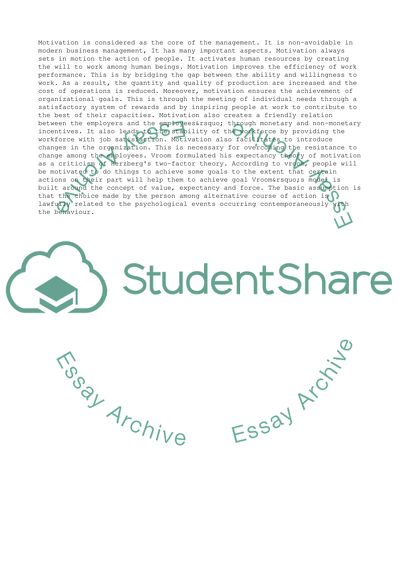Cite this document
(The Porter and Lawler Model of Motivation Research Proposal, n.d.)
The Porter and Lawler Model of Motivation Research Proposal. Retrieved from https://studentshare.org/management/1563222-managing-people-essay
The Porter and Lawler Model of Motivation Research Proposal. Retrieved from https://studentshare.org/management/1563222-managing-people-essay
(The Porter and Lawler Model of Motivation Research Proposal)
The Porter and Lawler Model of Motivation Research Proposal. https://studentshare.org/management/1563222-managing-people-essay.
The Porter and Lawler Model of Motivation Research Proposal. https://studentshare.org/management/1563222-managing-people-essay.
“The Porter and Lawler Model of Motivation Research Proposal”, n.d. https://studentshare.org/management/1563222-managing-people-essay.


